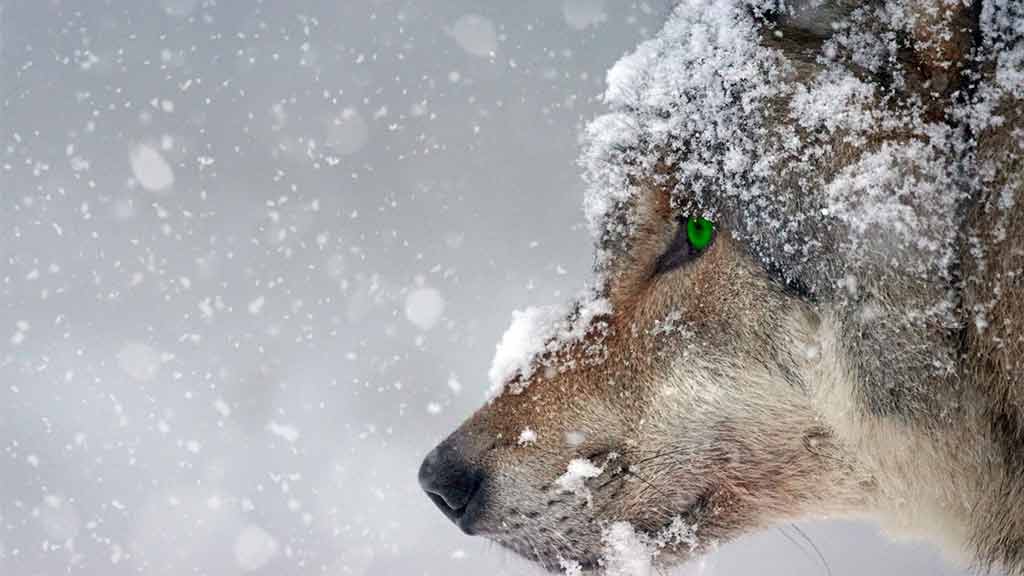CT scan
Preparing for a CT scan
Your appointment letter will mention anything you need to do to prepare for your scan. You may be advised to avoid eating anything for several hours before your appointment, to help ensure that clear images are taken. You should contact the hospital after receiving your appointment letter if you have any allergies or kidney problems, or if you're taking medication for diabetes, because special arrangements may need to be made. You should also let the hospital know if you're pregnant. CT scans aren't usually recommended for pregnant women unless it's an emergency, as there's a small chance the X-rays could harm your baby. It's a good idea to wear loose comfortable clothes, as you may be able to wear these during the scan. Try to avoid wearing jewellery and clothes containing metal (such as zips), as these will need to be removed.Introduction
A computerised tomography (CT) scan uses X-rays and a computer to create detailed images of the inside of the body.  CT scans are sometimes referred to as CAT scans or computed tomography scans.
When CT scans are used
CT scans can produce detailed images of many structures inside the body, including the internal organs, blood vessels and bones. They can be used to: diagnose conditions – including damage
Preparing for a CT scan
Your appointment letter will mention anything you need to do to prepare for your scan. You may be advised to avoid eating anything for several hours before your appointment, to help ensure t
Before having a CT scan
Before having the scan, you may be given a special dye called a contrast to help improve the quality of the images. This may be swallowed in the form of a drink, passed into your bottom
What happens during a CT scan
During the scan, you'll usually lie on your back on a flat bed that passes into the CT scanner. The scanner consists of a ring that rotates around a small section of your body as you pass th
What happens afterwards
You shouldn't experience any after effects from a CT scan and can usually go home soon afterwards. You can eat and drink, go to work and drive as normal. If a contrast was used, you may be a
Are CT scans safe?
CT scans are quick, painless and generally safe. However, there's a small risk you could have an allergic reaction to the contrast dye used and you will be exposed to X-ray radiation. T







 Subscribe
Subscribe Ask the doctor
Ask the doctor Rate this article
Rate this article Find products
Find products